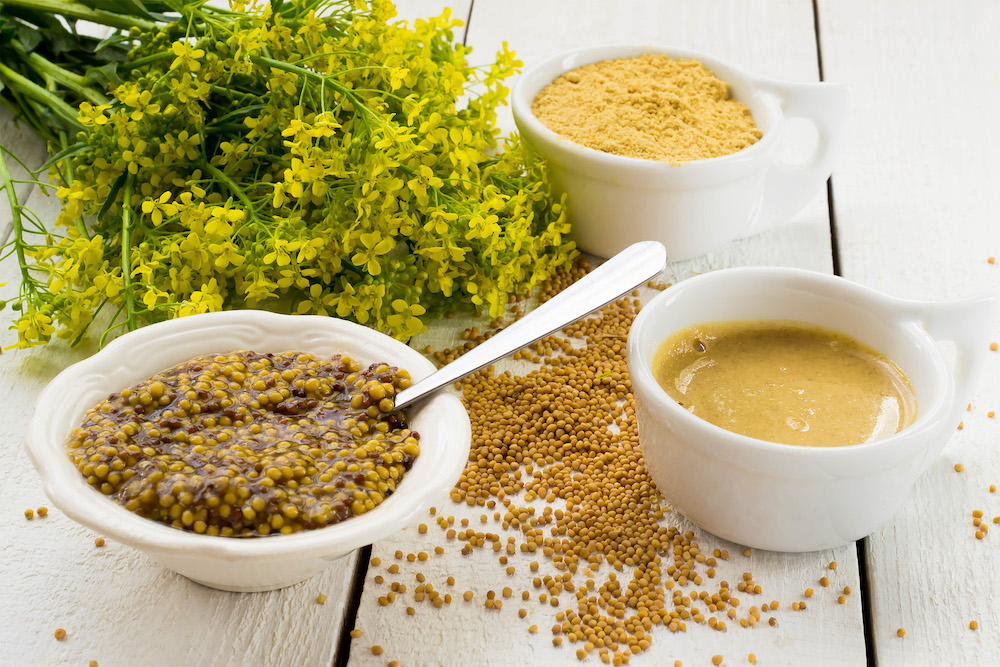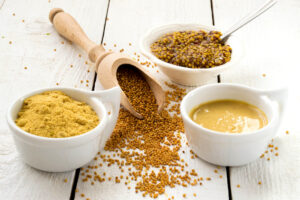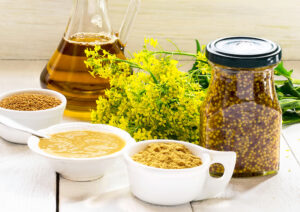Whether you call it Ketchup, or Catsup, this sweet and tangy condiment has become a culinary staple, and has found its way onto nearly every condiment stand from casual family restaurants, to fast food franchises, mall food courts, in ball parks and of course, in every grocery store from coast to coast.

And you can bet, that it’s also in nearly every pantry or fridge in America.
Yet, unlike many dishes that we enjoy while dining out, while also making our own versions of it in our kitchens, ketchup, (and we can say the same for mustard), is one food/condiment, that Chefs rarely make.
There are a couple of good reasons for this.
- Some Chefs, / kitchens, go through a lot of it. Not only as a straight up condiment, but as an ingredient in other recipes.
- Seriously, it’s hard to beat Heinz as a recognized brand, although many manufactures have created some pretty tasty ketchups of their own.
- Time, as in labor.
All that said, there is something to be said for the growing trend for authentic, Artisanal food products made by talented Chefs.
An example of this is Charcuterie, and quite often, Chefs go even one step further, by serving them with house made chutneys, jams or mustards.
An Artisanal ketchup might be looked at in that same way, and perhaps something offered only for signature grilled burgers.
Making your own ketchup gives you the opportunity for real bragging rights, if done well, and something which can showcase your individuality as much as any other signature dish on your menu.
Start small.
There are a number of opportunities for creative expression when making your own ketchup. They include:
- Using fresh ripe tomatoes vs / tomato paste (or both)

- Choice of sweeteners (Cane sugar, brown sugar, corn syrup or honey)
- Choice of vinegar (typically cider or distilled)
- Spices (onion and garlic are standard, celery salt creeps into some recipes and many “copy-cat” Heinz recipes include clove, allspice, cinnamon, ground mustard and cayenne pepper.
- Thickeners, which range from none, to xanthan gum, cornstarch and Clear Jel.
- And finally, the fineness of the finished puree.
As a result of all of these wonderful expressive options, the best course chosen by many Chefs, is to start with many small batches, get opinions, then scale up the recipe that they like the best.
To that end, we’ll offer here, a basic recipe for you to begin with and suggestions as to the additional spices you can add to make your perfect ketchup.
NOTES:
- This recipe uses tomato paste, this basic recipe was chosen to address the need of Chefs to minimize their labor and also, because making ketchup from fresh tomatoes requires a very ripe (fresh) tomato which make preparing a larger batch increasingly problematic on a regular basis. It also requires passing the cooked tomatoes through a food mill or grinder to omit seeds and pulp.
- Depending on how long you cook / reduce your ketchup recipe, it may be entirely unnecessary to add a thickener. As thickeners go, the better alternative, once the product has cooled, is xanthan gum, if needed. We have therefore not included an amount in our recipe.
Basic Ketchup Recipe
Makes about 3 cups
THE BASE
1 ½ cup Tomato Paste
1 cup Light Corn Syrup or Honey (or a mixture)
1 Cup Vinegar (cider, distilled or a mixture)
½ cup Water
2 TBSP Light Brown Sugar
2 TBSP Kosher or Sea Salt
½ tsp Onion Powder
¼ tsp Garlic Powder
THE ADDITIONAL SPICES
½ tsp Celery Seed or Celery Salt (halve the above amount of Kosher Salt if Celery Salt is used.
½ tsp Ground Mustard
1/8 tsp Ground Cloves
1/8 tsp Ground Allspice
1/8 tsp Cayenne Pepper
As Needed Thickener (See Options)
Method:
- Into a medium sauce pan set over medium heat, add all of the ingredients.
- Stir or whisk until all ingredients are well incorporated and the mixture looks smooth.
- Once the ketchup comes to a boil, reduce the heat to a simmer and stir often.
- Allow to simmer for 20 minutes, being careful to not let it scorch. Red Goose sells an amazing Scorch Shield which is VERY helpful.
- Once cooked and reduced, remove from the heat, cover and allow to cool.
- If thickening is needed, the last step is sprinkling a little in at a time while vigorously whisking in or while in a blender or food processor, until you get your desired thickness.
- Store in a tightly covered container in the refrigerator for up to 4 months.
Making Artisanal ketchup can be a very rewarding endeavor, and one that can truly differentiate your cuisine and impress your guests.





